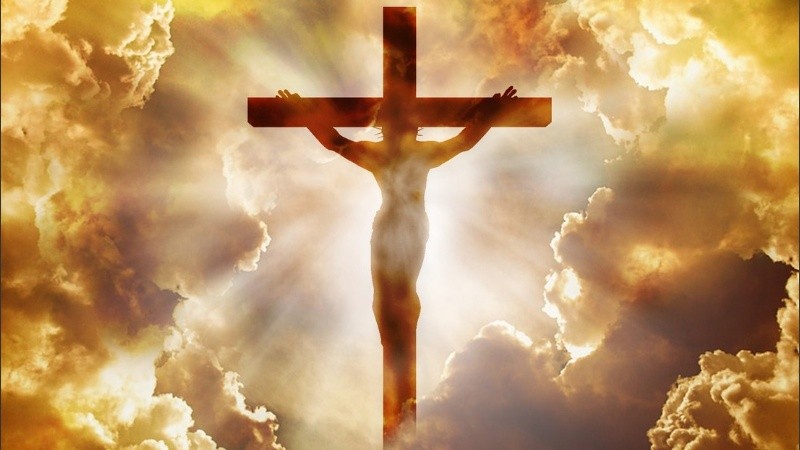De la mano de la inteligencia artificial, un fotógrafo neerlandés creó una imagen de Jesús que acabó siendo viral en la red, sin embargo, muchos usuarios y creyentes, inmediatamente notaron que había algo que no encajaba en comparación con la imagen tradicional Cristo representada en íconos conocidos.
El artista de la fotografía Bas Uterwijk ya había usado la tecnología para recrear a personajes históricos y ficticios. Pero no fue hasta que dio a conocer su último trabajo que desencadenó un gran revuelo en redes sociales.
Con la ayuda del servicio de red neuronal Artbreeder, Uterwijk combinó múltiples imágenes de rostros conocidos de Jesús para sintetizarla en una sola. Utilizó distintas representaciones artísticas de origen bizantino y renacentista, incluido el 'Salvator Mundi' de Leonardo da Vinci, además del Santuario de Turín.
.............
Finalmente retocó algunos rasgos, el cabello y la barba para que estuviera acorde a las etnias del Medio Oriente de la época. Si bien el resultado es hiperrealista, el propio artista reconoce que simplemente es una de las posibilidades de cómo habría podido lucir Jesús.
thread:
— Ganbrood (Bas Uterwijk) (@ganbrood) September 1, 2020
My Jesus portrait is going pretty viral on Twitter at the moment, without me being tagged so for everyone interested here is a little info on the process of constructing it:
@OmarjSakr pic.twitter.com/olPz5PIDSV
Su llamativo trabajo fue ampliamente compartido en las redes y muchos internautas expresaron que esta representación de Cristo se distanciaba de lo conocido en Occidente. "Parece de la familia", escribió Omar Sakr, un poeta de ascendencia turcolibanesa.
También hubo quienes encontraron cierta similitud con actores o personajes famosos de la actualidad.
It would appear that @iamAvi_Nash is Jesus �� pic.twitter.com/7zkyFJFCcj
— Cromwell (@Cromwell606) August 31, 2020
Sin embargo, otros usuarios consideraron que el retrato de Uterwijk es la primera representación convincente del Jesús histórico. "Nunca entendí por qué Jesús es retratado con cabello rubio lacio y apariencia escandinava, cuando es de Oriente Medio", cuestionó un internauta.
It’s mostly a cultural thing, each culture that it was spread to made him look like them in an attempt to relate to him more. Of course the Europeans thought their Jesus was supreme and spread him across the world but most cultures rejected that in favor of their own version pic.twitter.com/11CEXytpjH
— �� gene daniel �� (@genedaniellll) September 1, 2020
Lo cierto es que en distintos lugares del mundo donde tiene presencia el cristianismo, Jesús fue representado adquiriendo rasgos locales y con color de piel que varía del negro, al mestizo o blanco. "Veo mi trabajo como una interpretación artística más que científica o históricamente precisa", concluyó Uterwijk, segú publicó RT.





























